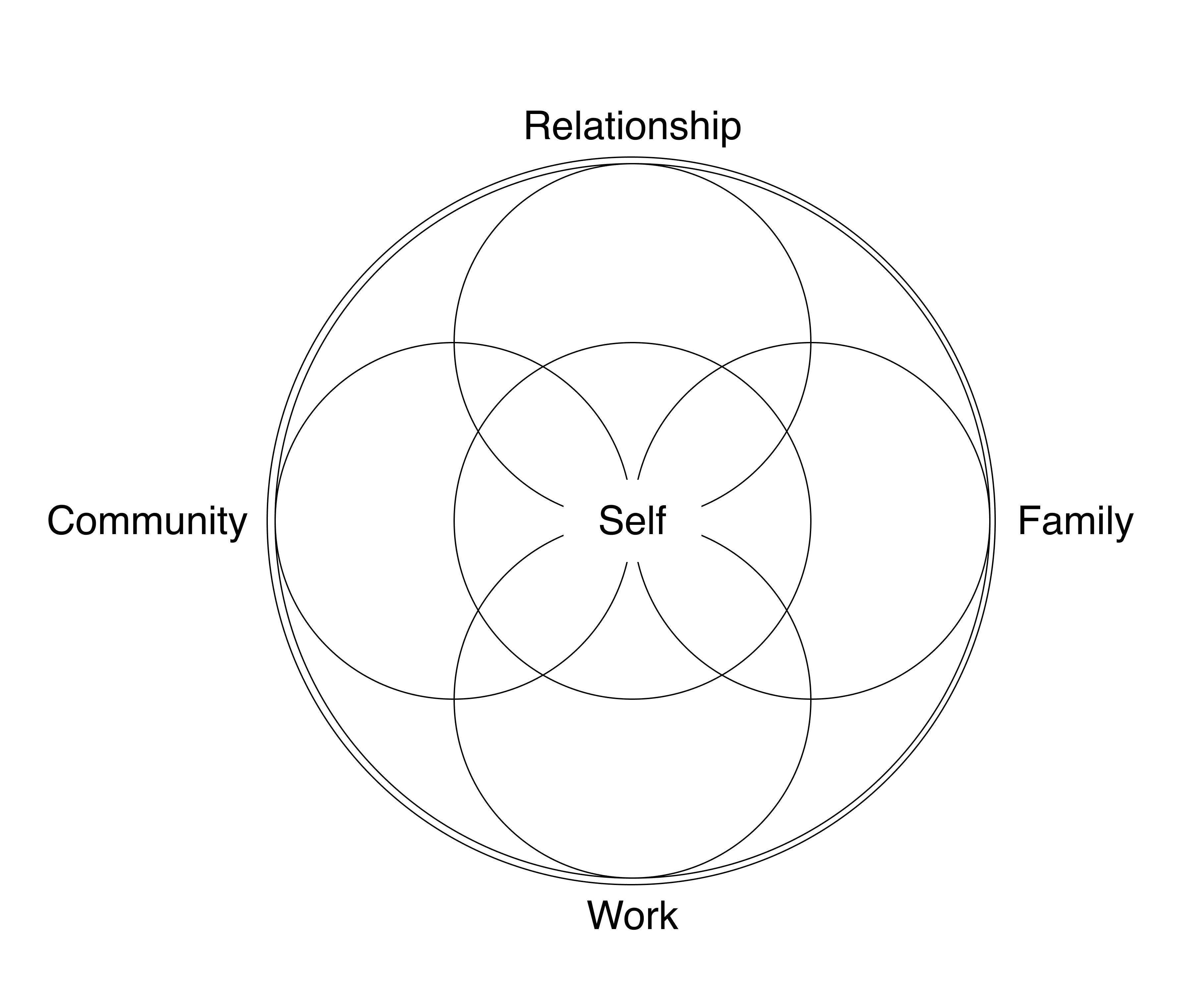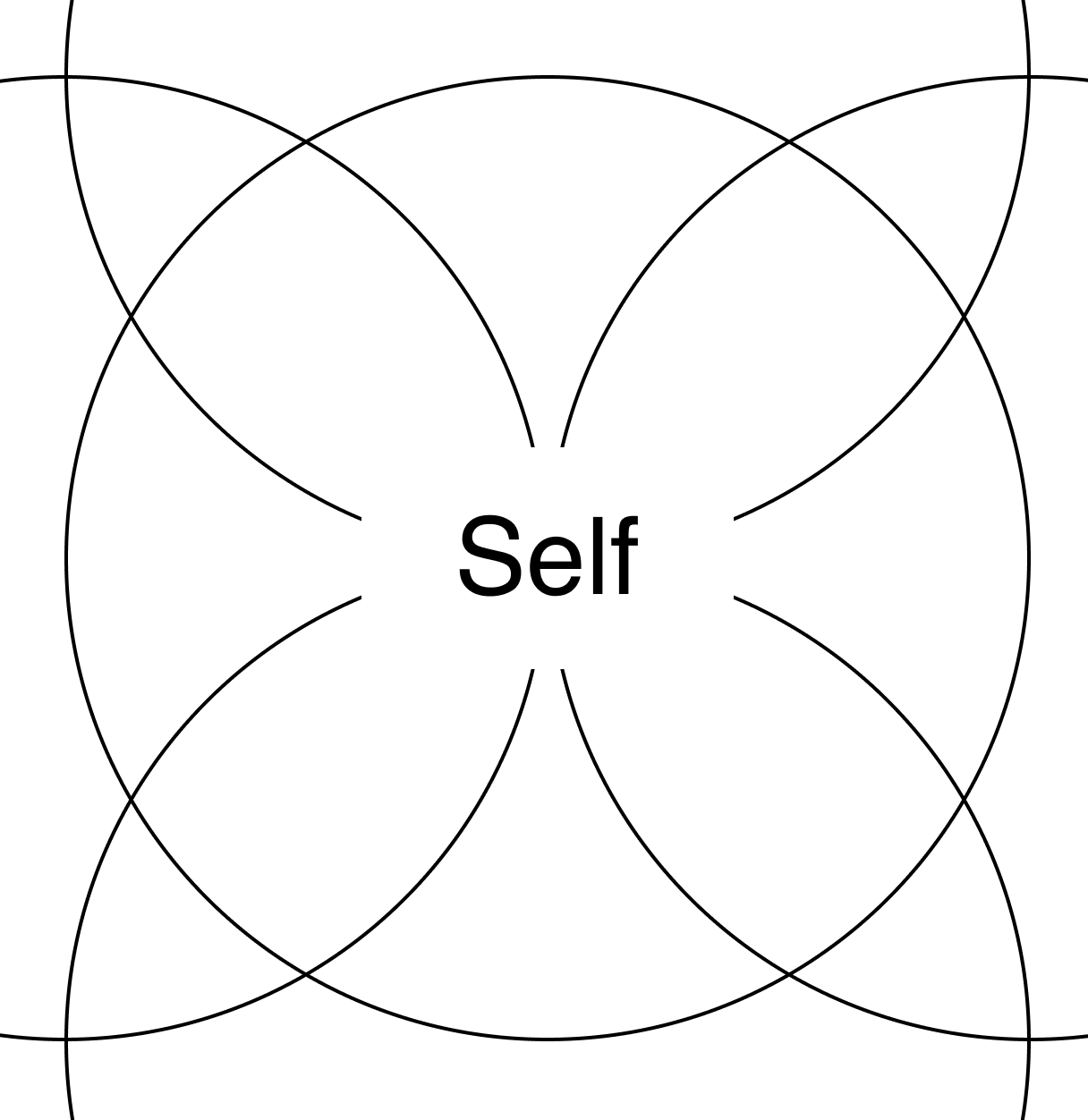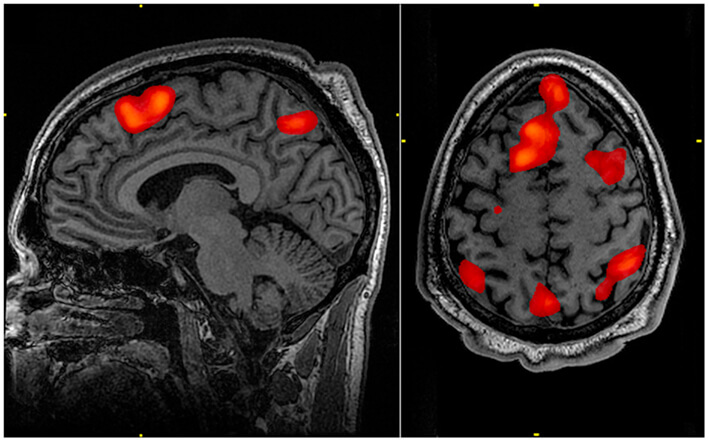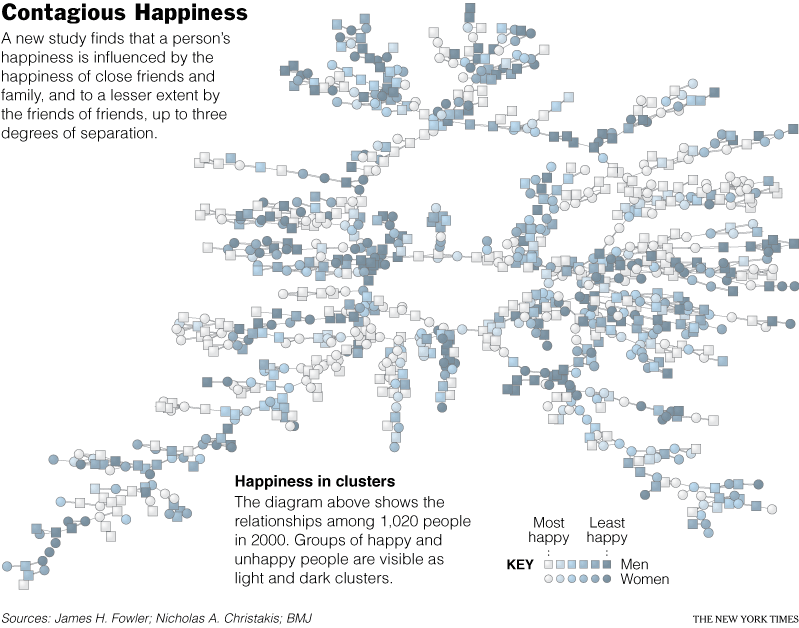MAP Workplace has a quick and easy out-of-the-box set up - and provides instant, real-time results.
After a five minute out-of-the-box setup, operation is intuitive and easy.

1) Invite teammates
Each teammate receives two questionnaires, one each for;
- Personal wellbeing
- Workplace wellbeing (this wellbeing survey is optional and selected when the Team’s account is setup, it can be re-added anytime)

2) Each questionnaire takes 5 minutes to complete.
The answers provided, are only available to that participant for both privacy and to ensure that the answers are candid.
To further ensure privacy and confidentiality, the answers are encrypted, aggregated and kept privately in secure cloud storage.

3) Scientifically validated algorithmic wellbeing analysis and assessment
After answering the questionnaires, each teammate is introduced to their own private dashboard to receive their personal wellbeing measurement, analysis, and assessment, and get wellbeing insights, customized activities to improve happiness, and unique tips tailored to the individual.
Both wellbeing analysis and assessments include:
- Personal current wellbeing measurement - which includes happiness
-
- 5 Scores of how centered each Sphere is (0 - 100 %)
- A Total Centeredness Score for all 5 Spheres (0 - 100 %)
- Personal wellbeing Insights, and a research-based analysis in words
- Focus Based on the above Scores, the participant receives:
-
- Personal tips - that stimulate and provide thoughts, decisions and actions on what feeling happier and having better wellbeing looks like for them
- Exercises - that are helpful, practical strategies on how create better wellbeing, and find deeper performance, purpose and meaning.
4) Anytime, anywhere Access
Each teammate’s personal login and online dashboard helps every participant stay on track and
- Reassess current wellbeing to make a new scientifically validated happiness and wellbeing measurement.
- Refresh thoughts and actions with tailored measurements, insights, and practical advice.
For the Team Leader (to enable better wellbeing strategy and leadership)
Wellbeing Measurement and Analysis
MAP is a compass that can help leaders understand the terrain of wellbeing, and navigate it successfully.
When the wellbeing questionnaires are completed and teammates receive their results in real-time, the leader also receives two de-identified and aggregated Wellbeing Reports made up of measurements, analyses, and assessments that provide a topographic perspective of the team, organization or company, as a whole entity. These scientifically validated wellbeing assessments, analyses, and reports are also updated in real-time.
Each set of wellbeing measurements, analyses, and assessments is made up of the sum total of all the people who participate.
One report is for personal wellbeing and the second report for workplace wellbeing.
The reports provide an aggregated and anonymous view of team and workplace wellbeing that can help the team leader to:
- Measure the current state of happiness and wellbeing of the team as whole entity.
- Better understand what improved wellbeing would mean for the team, organisation or company
- Develop a clear understanding of what improved wellbeing would look like for the team, organisation or company
- Create a strategy
- Design goals
- Instigate support initiatives to improve workplace happiness and wellbeing. The reports are accessible online and provided on a private dashboard online.
With anytime, anywhere access, MAP helps team leaders keep track of the progress of their workplace and ensure people are happy and on course with their wellbeing.
Beyond MAP’s scientifically validated wellbeing questionnaire and assessment, MAP offers two unique features to help leaders measure and assess wellbeing of a workplace at the systems level and at scale, called Quadrants and Connector.
Quadrants
Workplaces are hierarchical. How a member of your team, for example, sees the team and feels inside it will depend on where they fit in the hierarchy. Plus, how empowered a member of your team feels can be influenced by their role and responsibilities they have.
The effect of hierarchy on wellbeing can be hugely significant. The Whitehall Study, which has investigated over 10,000 UK civil servants aged 35 to 55 years since 1985, revealed that social status is a major cause of ill-health such as heart disease.
However, the cause was not one of income or lifestyle, but the psychological experience of inequality - how much control your team has and the opportunities for social participation - that profoundly affects health. The discoveries revealed that workers have an intrinsic need for autonomy and social engagement. Read more about the study in Business and Science.
MAP uses Quadrants to identify and highlight hierarchy of your team or organization, without compromising the individual's privacy or the accuracy of the data.
MAP pre-sets 4 quadrants: sales, middle management, upper management and stakeholder. You can change these names at any time.
Connector - Connect Accounts You can connect separate MAP Workplace accounts in your workplace to help it get a broader view and deeper insight into its wellbeing and the progress of wellbeing initiatives, restructures, and unexpected events like an epidemic.
Connected Accounts provide the functionality that can expand and deploy MAP across the entire workplace, takes two minutes to setup, and makes the connection effortless with a seamless out-of-the-box experience for teammates and leaders. The accounts stay aggregated no matter how broad the view becomes.
It means that your team, organization or company can deploy MAP at its own pace, rather than from the outset, which allows for meaningful organic uptake.









